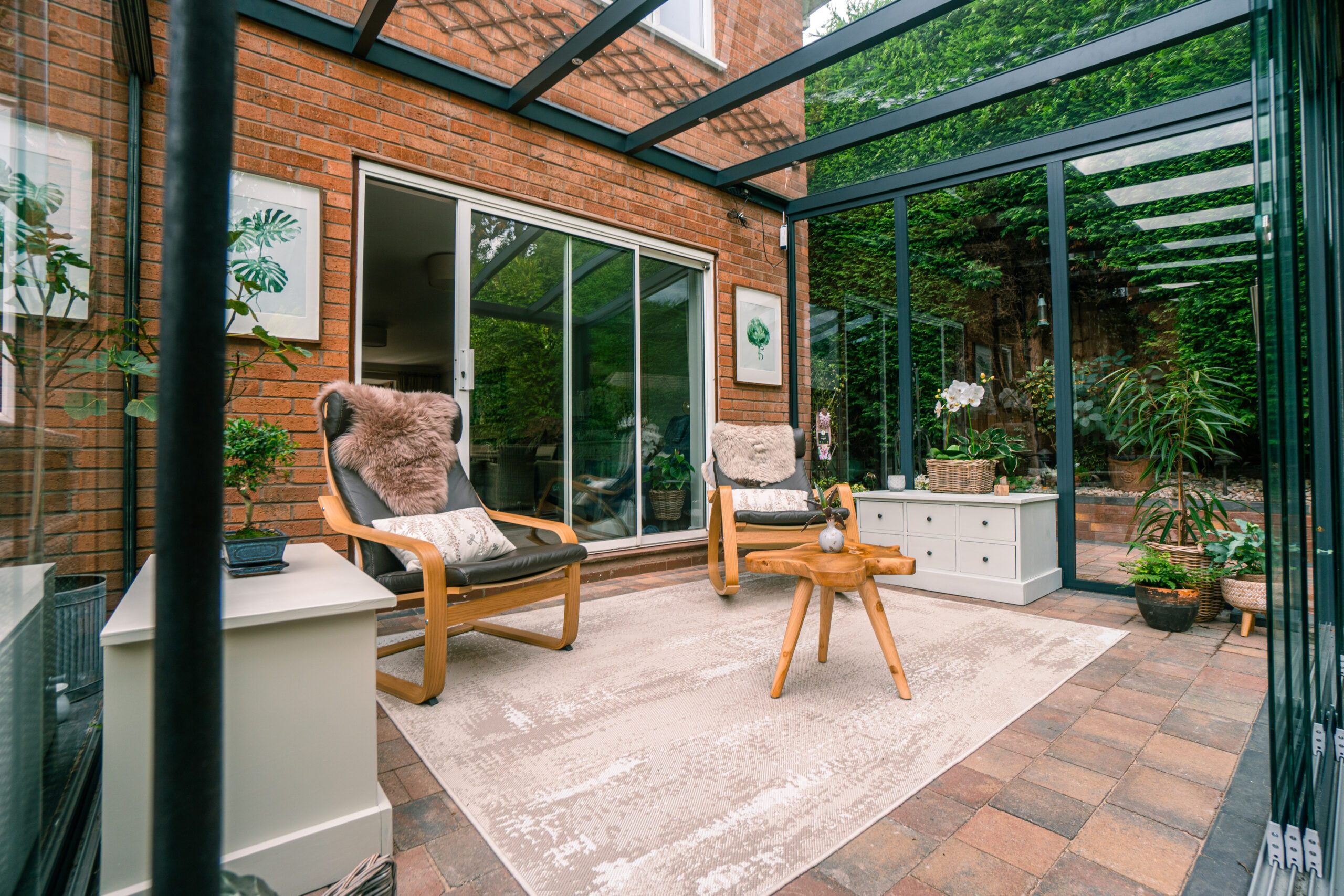Deciding between a conservatory and a veranda or glass room is an important choice for any homeowner looking to enhance their outdoor space and add value to their property. It can be a very difficult choice as both options provide unique benefits. Understanding the differences between them can help you make the best decision based on your needs, preferences, and budget. Let’s explore the advantages and disadvantages of both, helping you weigh your options when it comes to expanding your living space.
Conservatories have been around since the 1600s, and they’ve long been a popular choice for homeowners. Since the 1980s, they’ve been the choice product for anyone seeking to extend their indoor living space while maintaining a close connection with their garden. Typically attached to the side or rear of the house, these structures consist of low brick walls atop a solid concrete base, with large glass windows and either a glass or polycarbonate roof held in uPVC framework. The main appeal of the conservatory has always been the ability to enjoy natural light and garden views year-round, even when the weather isn’t ideal. Whether it’s used as a sunroom, dining area, or home office, a conservatory creates a versatile space that brings the outdoors in.
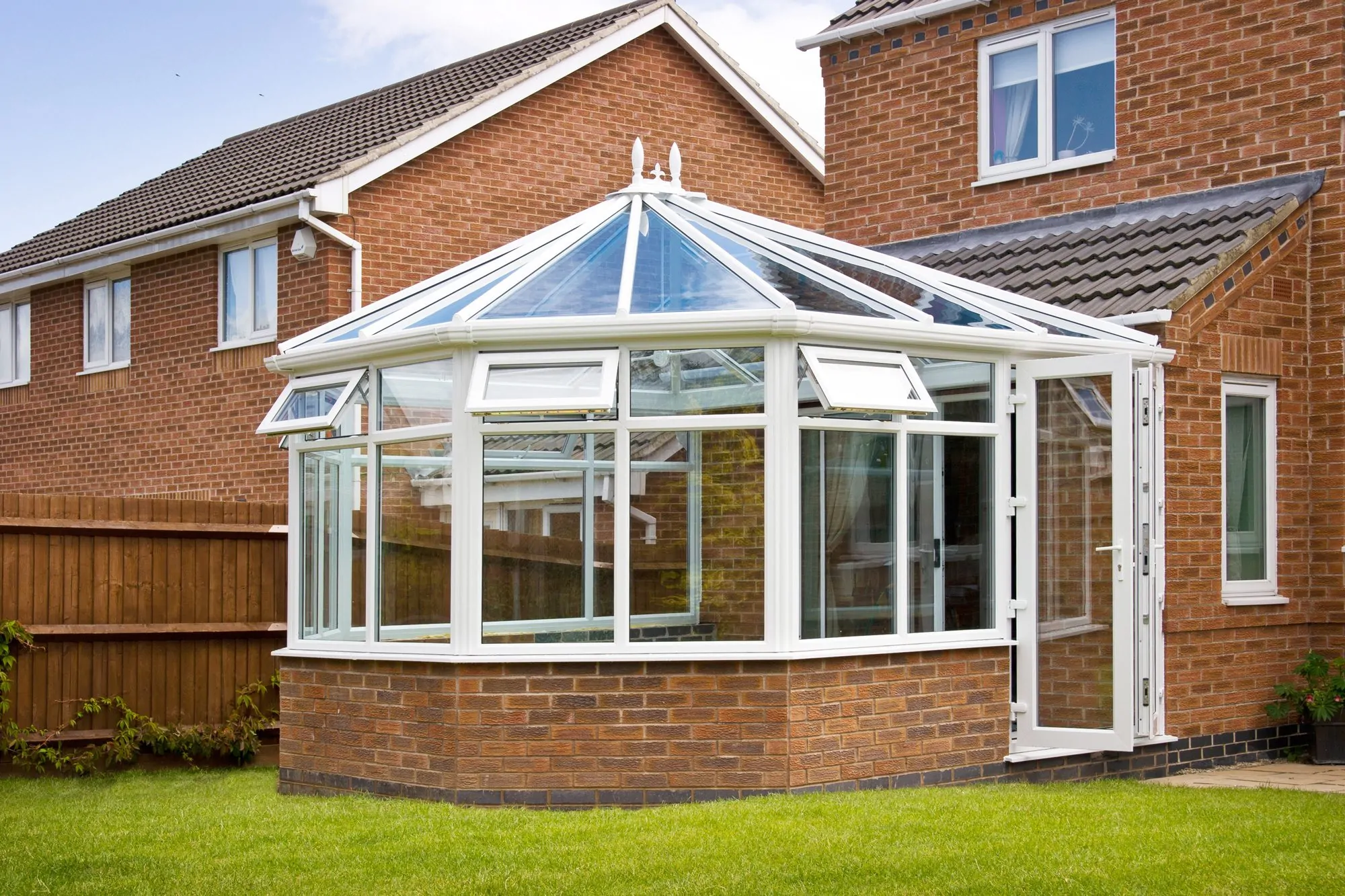
One of the key benefits of a conservatory is the additional living space it provides. It can serve as an extension of your home’s interior, offering a comfortable and light-filled room that can be used for various purposes. Conservatories also come in a variety of designs, such as the Victorian, the Edwardian, the Lean-to, and Gable-End, allowing you to choose a style that complements your home’s architecture. In the UK, conservatories must meet specific legal requirements to be considered a conservatory rather than a full extension. The structure must have glazing covering at least 50% of its side walls, including windows and doors, and at least 75% of the roof must be made from polycarbonate or glass within the uPVC framework.
However, conservatories do have some drawbacks. Temperature control has always been one of the most significant issues, as conservatories can become uncomfortably hot during the summer and too cold in the winter. This can limit their usability throughout the year unless additional heating or cooling solutions are installed, which can increase your home’s energy costs. Additionally, conservatories are more permanent structures that require a more involved construction process, often with multiple stages, and with total reliance on subcontractors and deliveries from multiple suppliers, which can be disruptive and time-consuming. Wastage is also something that may need to be considered, as there is always an element of this when constructing extensions or conservatories, meaning homeowners may need to pay additional material costs and clean up after the installers if they leave any mess on site. Planning permission may also be required, depending on the size and design, adding another layer of complexity.
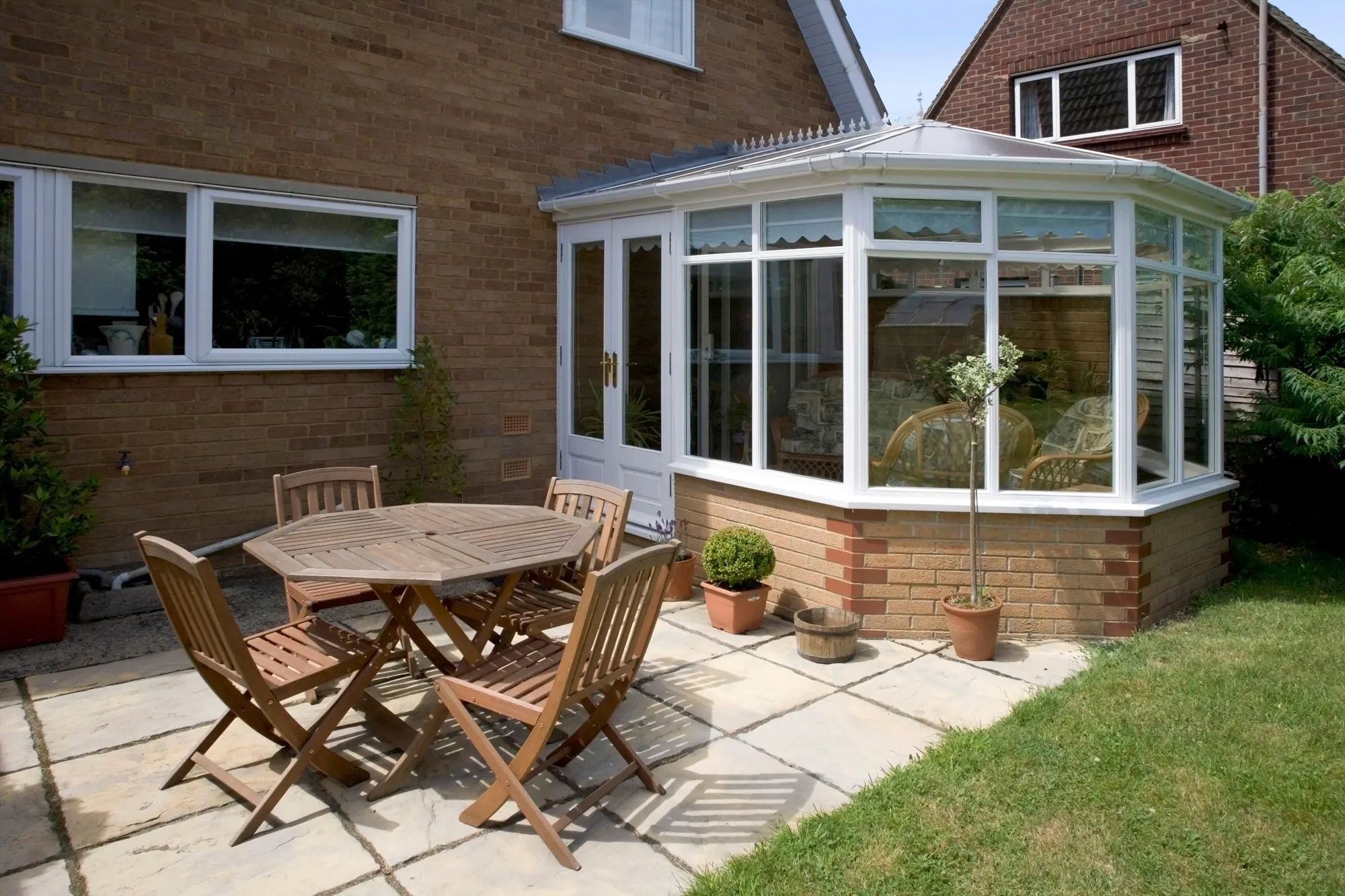
For those seeking a more streamlined and contemporary approach to outdoor living, verandas and glass rooms offer a stylish and flexible solution. Verandas are open-sided structures with a roof, providing shelter and shade while allowing you to enjoy the fresh air and garden views. Glass rooms take this concept a step further by adding sliding glass doors and/or a selection of fixed panels to create a more enclosed space that can be used in various weather conditions.
One of the main advantages of verandas and glass rooms is the speed and ease of installation. These structures can be erected much more quickly than a conservatory, often within one to two days for a polycarbonate or glass veranda, and just a few days for a garden room, making them a less disruptive option for homeowners. There is no element of wastage as all materials required are provided by the installation team and a single supplier, meaning no additional costs for the customer. Any offcuts from polycarbonate sheeting or the aluminium framework will be disposed of by the team when they leave. The very worst case scenario – and only with bespoke options – is that the installation of a glass veranda or glass room must be handled in two stages. This is purely to ensure the glass is manufactured correctly, giving you that flawless fit.
Verandas and glass rooms also require much less heavy construction work. There’s no need for brick walls or a solid foundation when installing a veranda, as the install team can either surface-mount the frame to the existing patio area or excavate a small 450-square hole for each post to create a concrete footing. Any patio tiles, bricks, or slabs that have to be taken up would naturally be secured back down, meaning that glass and polycarbonate verandas can be installed with minimal impact on your outdoor area, preserving your garden’s natural beauty. It’s only with a garden room that you require a solid base in order to support the weight of the sliding glass doors or the fixed panel systems. Where customer’s do not have a base, you would need to engage a third-party to lay it for you. Once the base is laid, our team can attach directly to the base, or to any tiles or slabs laid in the area to ensure a clean, elegant aesthetic.

Verandas and glass rooms are also less intrusive in terms of design. Their minimal framework allows for uninterrupted views of the garden, creating a seamless transition between indoor and outdoor spaces. The sleek, modern design of a veranda or glass room can enhance the overall aesthetic of your property, adding a touch of elegance and sophistication. These structures are highly customizable, with options for different roofing materials such as polycarbonate or laminate glass – as well as louvred and retractable options! You can enclose your structure with a range of different products to suit your taste and style, from sliding glass doors to fixed panel systems – either glass, aluminium, or polycarbonate – or even ZIP blinds.
In terms of versatility, verandas and glass rooms offer a wide range of possibilities. They can very easily used as outdoor dining areas, lounges, or even garden studios. Glass rooms, in particular, provide the flexibility to create an enclosed space when needed, while still allowing you to open up the room and enjoy the outdoors on warmer days. The modular nature of verandas and glass rooms means they can be expanded or modified over time, giving you the freedom to adapt your space as your needs change.
However, while verandas and glass rooms offer many benefits, they also have some limitations. Like conservatories, they can be susceptible to temperature extremes, although this can easily be mitigated by adding shading options or heating systems. Additionally, while verandas and glass rooms provide shelter from the elements, they may not offer the same level of insulation as a fully enclosed conservatory.
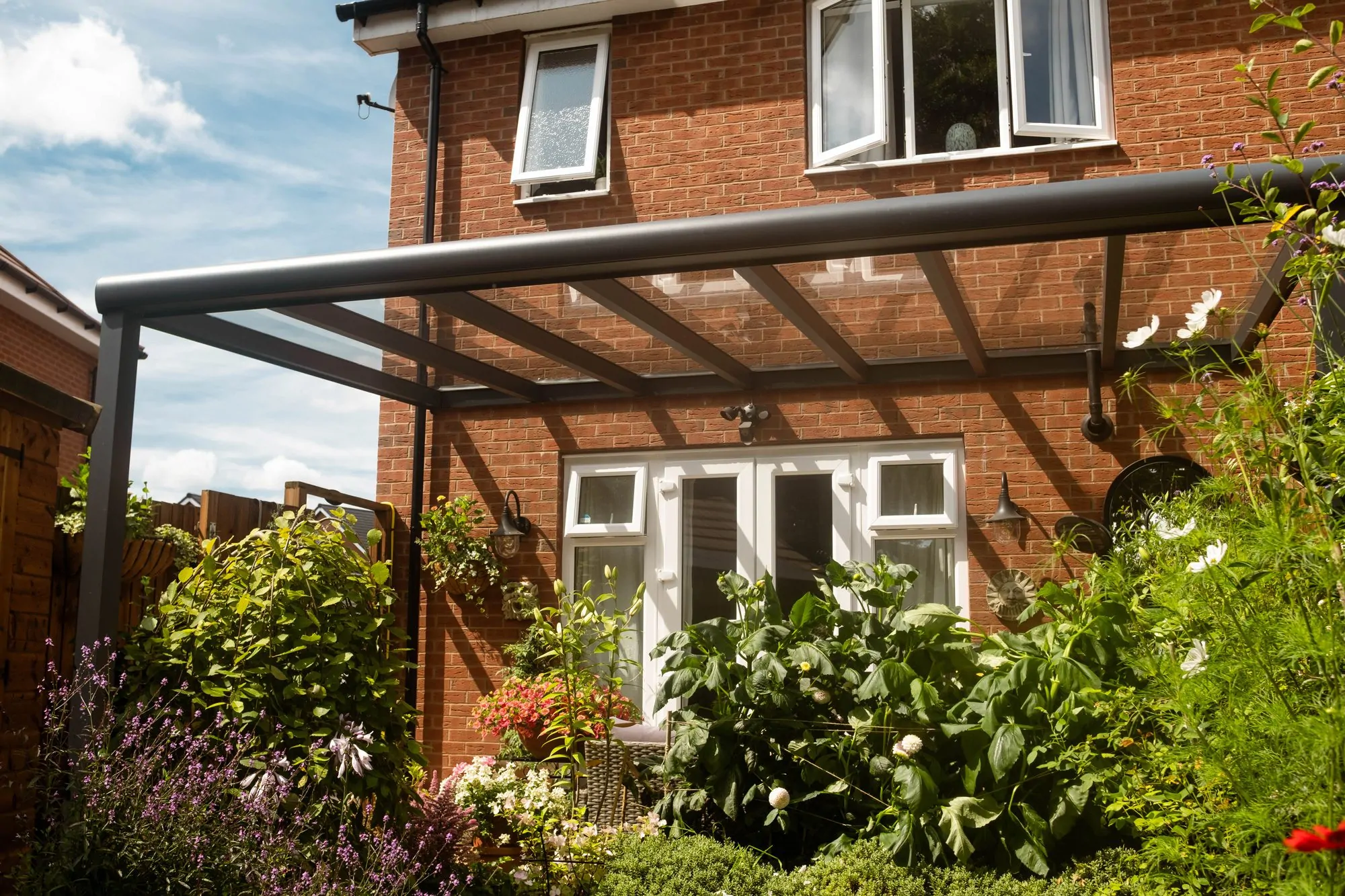
When deciding between a conservatory and a veranda or glass room, it’s essential to consider your priorities and how you intend to use the space. If you’re looking for a fully enclosed and insulated room, a conservatory may be the better option, despite its higher cost and more involved installation process. On the other hand, if you prefer a more open, flexible outdoor space that can be installed quickly and with minimal disruption, a veranda or glass room might be the ideal choice.
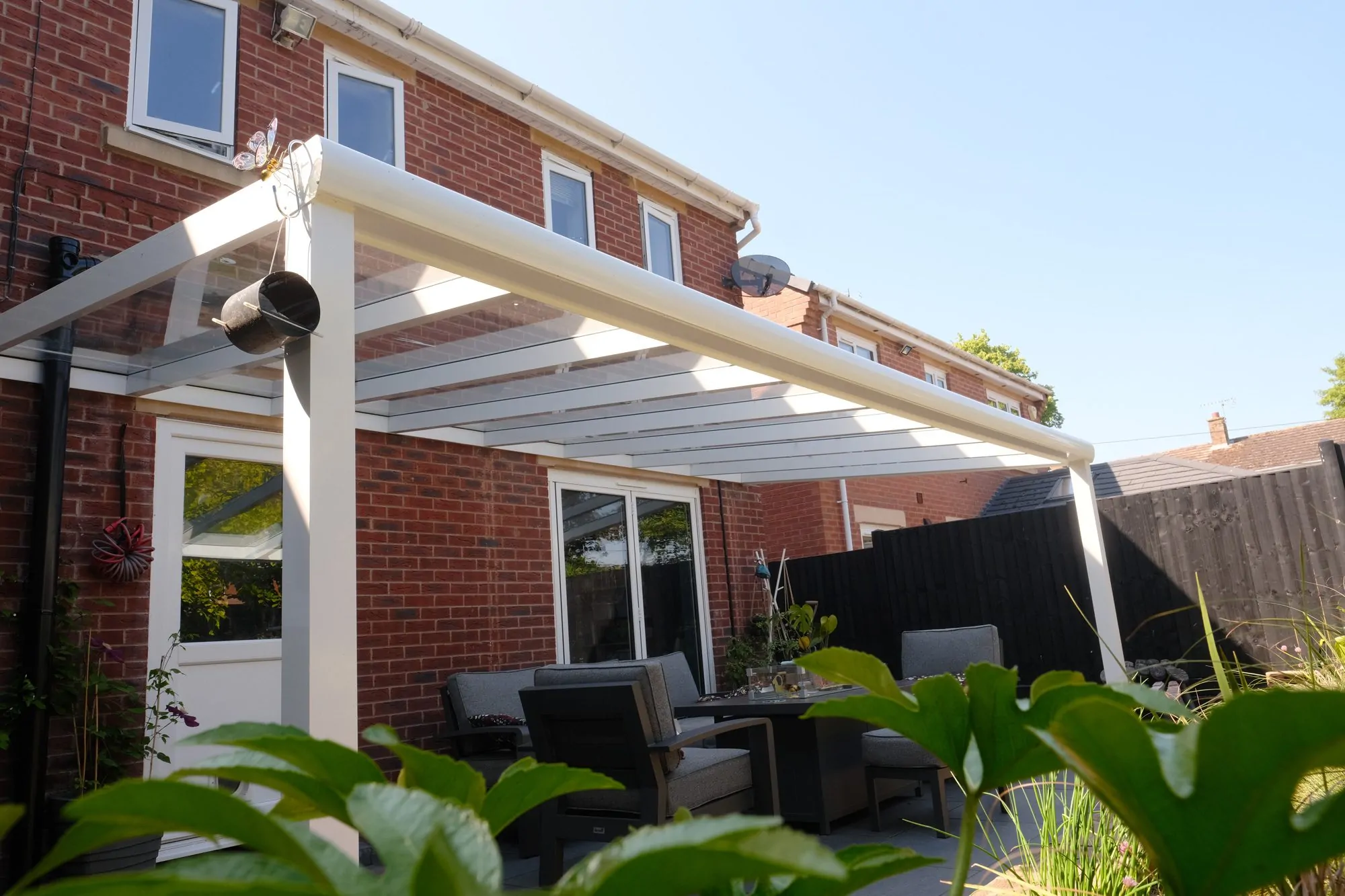
It’s also worth considering how each option will impact your home’s overall aesthetic and value. Conservatories tend to have a more traditional look, while verandas and glass rooms offer a sleek, modern appearance. Both can increase your property’s value, but the style and functionality of each structure will appeal to different buyers.
Ultimately, the decision between a conservatory and a veranda or glass room comes down to your lifestyle, budget, and design preferences. Both options offer unique benefits that can enhance your outdoor living space and increase the value of your home. Whether you opt for the classic charm of a conservatory or the contemporary elegance of a veranda or glass room, both choices will create a beautiful and functional space that allows you to make the most of your garden.
If you’re still unsure, take the time to explore examples of both conservatories and verandas or glass rooms, and consider consulting with a specialist to help guide your decision.
Looking for some inspiration? Click here to see some of our recent work!
Interested in examples of our verandas and glass rooms? See below a selection of photos from some of our recent projects!
Here’s a few image from different projects that showcase what we’ve discussed:
Got questions? Here are some of our most common!
What are the main differences between a conservatory and a veranda?
A conservatory is a glass-enclosed structure typically attached to the side or rear of a house, designed to provide an additional indoor living space with plenty of natural light. It often features a brick base and glass or polycarbonate roof. In contrast, a veranda is a more open-sided structure with a roof, allowing for an outdoor living area that offers shelter and shade while preserving views of the garden. Verandas have less framework, which means they can create a more seamless transition between indoor and outdoor spaces.
How quickly can a veranda or glass room be installed compared to a conservatory?
Verandas and glass rooms can be installed much more quickly than conservatories. While conservatories often involve a lengthy construction process that includes building a brick base and installing extensive glazing, verandas and glass rooms typically require less time to erect—often within a few days. This quicker installation process minimizes disruption to your home and garden.
What are the benefits of a glass room over a traditional conservatory?
Glass rooms offer many of the same benefits as conservatories, such as ample natural light and beautiful garden views, but with added versatility and modern design features. They can be more easily customized with options like sliding glass doors and louvered roofs, allowing you to control sunlight and ventilation. Glass rooms can also be partially enclosed to provide more comfort in varying weather conditions, offering a more adaptable living space.
Are verandas and glass rooms less intrusive on outdoor areas than conservatories?
Yes, verandas and glass rooms are generally less intrusive on outdoor areas compared to conservatories. They require minimal framework and construction work, preserving more of your garden’s natural beauty and providing a less obstructive view. The open-sided design of verandas, in particular, allows for an unobstructed connection between indoor and outdoor spaces.
What are the temperature control options for verandas and glass rooms?
Verandas and glass rooms can be adapted for temperature control through various means. While they are not fully insulated like some conservatories, you can use shading options, portable heaters, and fans to regulate temperature. Some glass rooms come with advanced features such as adjustable louvered roofs, which help manage sunlight and ventilation more effectively.
How do I decide between a conservatory and a veranda or glass room for my home?
Choosing between a conservatory and a veranda or glass room depends on your specific needs and preferences. Consider factors such as how you intend to use the space, your budget, and the style of your home. If you want a fully enclosed, year-round living area with a traditional look, a conservatory might be the right choice. However, if you prefer a more modern, versatile space that can be installed quickly and with minimal disruption, a veranda or glass room may be more suitable. Consulting with a specialist can also help you make the best decision based on your requirements.
